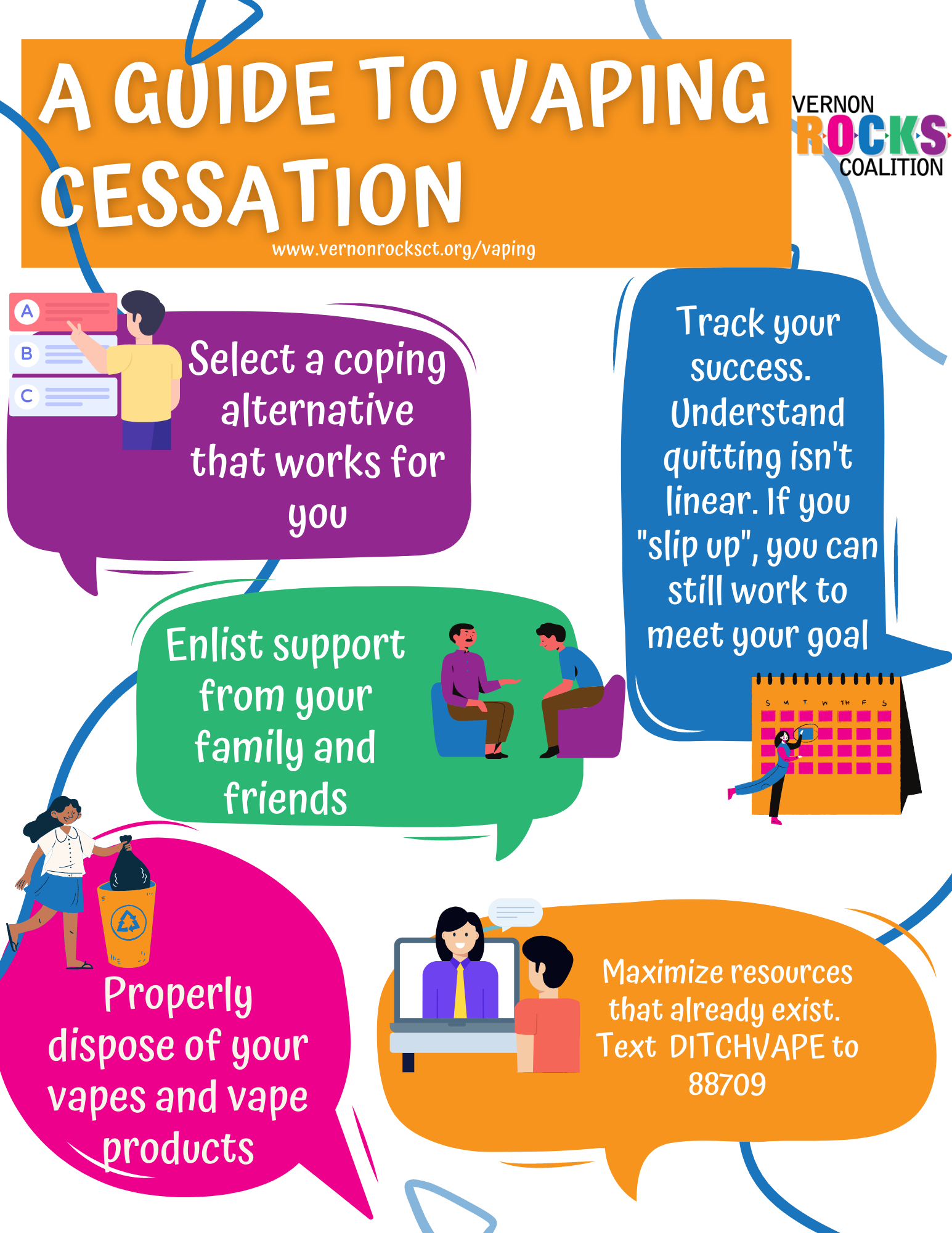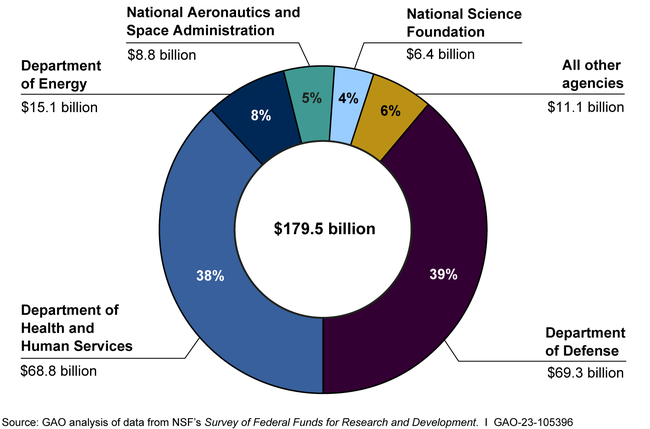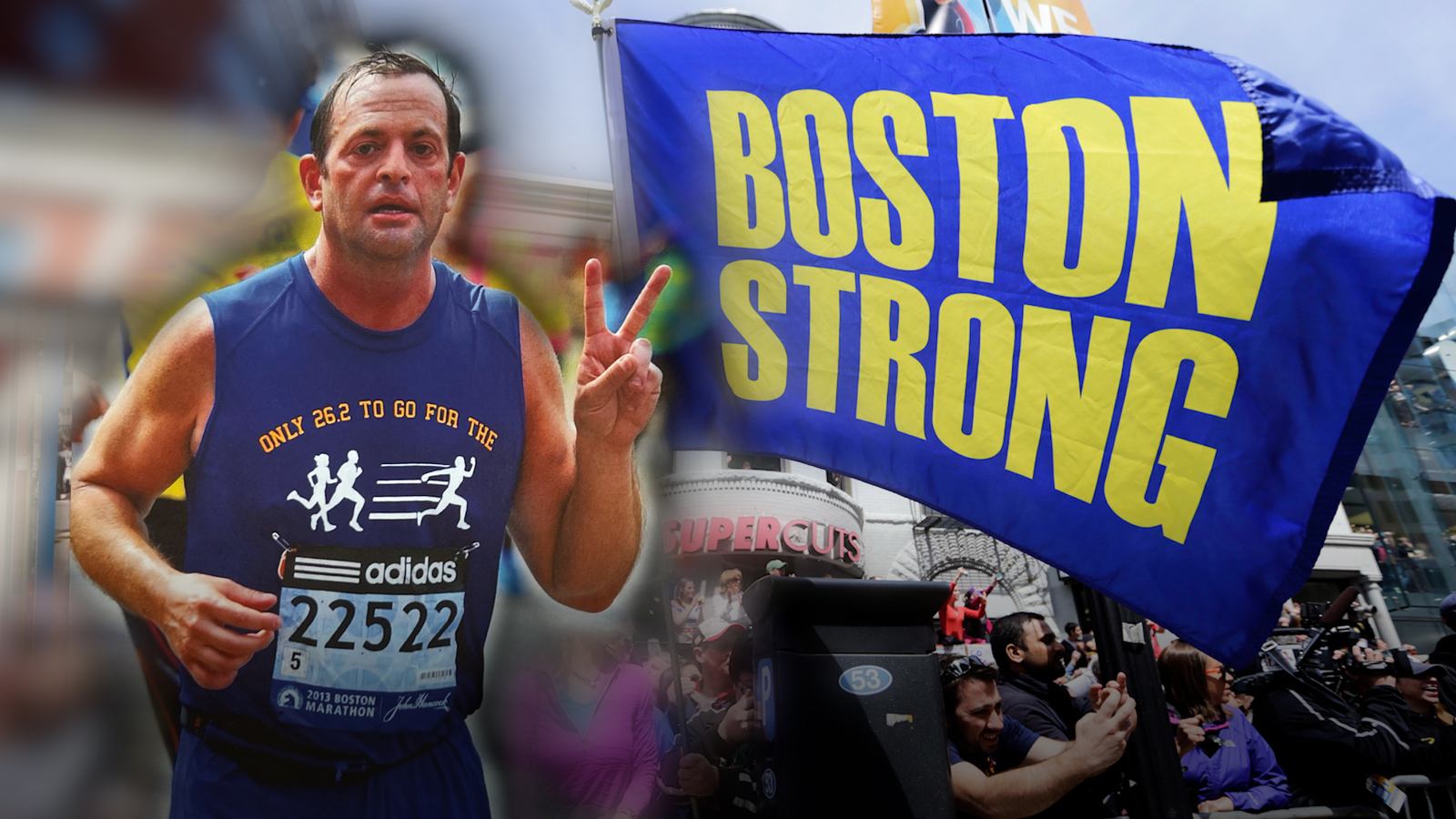The vaping cessation pill, varenicline, has emerged as a revolutionary option for those aiming to quit vaping, especially among teens and young adults. Recent studies indicate that this FDA-approved smoking cessation medication significantly enhances the likelihood of successfully overcoming nicotine addiction, with participants reporting three times higher quit rates compared to those who solely received behavioral counseling. Given the escalating youth vaping epidemic, such findings are critical, as they reveal effective strategies to combat nicotine dependency among this vulnerable group. Varenicline’s effectiveness, demonstrated in clinical trials, offers a promising beacon of hope in public health efforts to curb the vaping crisis. As we seek solutions for the rising rates of youth vaping, medications like varenicline not only provide a path to quitting but also mitigate future risks of drug addiction among adolescents.
In recent years, the rise of electronic nicotine delivery systems has sparked concern over the health implications for young users. Nicotine addiction is not just a challenge for adults; it has permeated youth culture, making alternative quitting methods essential. Medications such as varenicline are now recognized as viable solutions to aid adolescents in overcoming vaping habits. The exciting developments in behavioral therapy, combined with pharmaceutical support, signify a holistic approach to tackling adolescent nicotine habits. This confluence of medical and psychological strategies underscores the urgency of addressing youth addiction through comprehensive interventions.
The Role of Varenicline in Vaping Cessation
Varenicline, an FDA-approved smoking cessation pill, has emerged as a pivotal player in combating the vaping epidemic among teens and young adults. The recent clinical trials have underscored its effectiveness, with participants using varenicline reporting a significant increase in their ability to quit vaping compared to those on placebo. This is particularly vital as vaping has become increasingly popular among youth, creating a need for reliable cessation strategies. Research indicates that early nicotine exposure can lead to heightened susceptibility to addiction to other substances, making it essential to address vaping among this vulnerable population early on.
The findings from the Mass General Brigham’s study illustrate that varenicline does not only aid in quitting but does so safely without leading individuals to tobacco products. In fact, the study reported no cases of participants transitioning to cigarette use after quitting vaping. This safety profile, coupled with its effectiveness, positions varenicline as a crucial option alongside behavioral counseling for those trying to quit vaping. The insights gained from this research can reshape treatment approaches and inform public health strategies aimed at reducing nicotine dependence among younger demographics.
Understanding Behavioral Counseling for Vaping
Behavioral counseling remains a cornerstone in the fight against vaping addiction, serving as a supportive framework for individuals looking to quit. While traditional cessation approaches have focused on pharmacological interventions, integrating behavioral support helps address the psychological aspects of addiction. The recent study highlighted the combination of varenicline with weekly behavioral counseling, which resulted in a higher success rate for quitting vaping compared to counseling alone. This underscores the value of a multifaceted approach that not only provides medication to tackle physiological dependence but also offers emotional and social support.
Counseling strategies can help individuals develop critical coping mechanisms to avoid triggers and cravings. The integration of text support services, like ‘This is Quitting’, into the counseling process has the potential to further enhance the likelihood of success by providing real-time support. Studies show that individuals who engaged in behavioral counseling alongside medication reported feeling more empowered in their quitting journey. As mental health awareness grows, emphasizing the psychological components of nicotine addiction will be essential in achieving lasting cessation outcomes for young individuals.
Trends in Youth Vaping and Cessation Strategies
The rapid rise in youth vaping is alarming, with statistics showing that a significant percentage of high schoolers and young adults are becoming addicted to nicotine. Reports indicate that a quarter of 18-to-25-year-olds had engaged in vaping in 2023, highlighting a trend that calls for immediate and effective cessation strategies. The popularity of vaping can be attributed to its convenience and the misconception that it is less harmful than traditional smoking. This trend necessitates a comprehensive understanding of vaping behaviors to develop effective interventions that can resonate with the youth demographic.
In light of these trends, cessation strategies involving both medication and behavioral counseling are becoming increasingly relevant. The combination of varenicline and supportive counseling proved effective in the Harvard study, demonstrating that young people can successfully transition away from vaping when provided with appropriate resources. Continuous research into the effectiveness of varied cessation techniques is essential, particularly to inform policy and public health initiatives aimed at curbing the vaping epidemic among youth. Policymakers must continue to adapt strategies that directly address the needs and behaviors of young vapers to facilitate their successful quitting.
The Impact of Nicotine Addiction on Youth
Nicotine addiction has profound effects on adolescents, potentially altering their brain development and paving the way for future substance use disorders. Early exposure to nicotine, especially through popular vaping products, can lead to a heightened risk of dependency on other addictive substances like cocaine. Understanding these implications is crucial, as it emphasizes the urgency in implementing prevention and cessation strategies. The new findings emphasizing varenicline’s role illustrate a critical opportunity to intervene before permanent damage occurs.
As young people navigate a landscape increasingly inundated with options for nicotine consumption, effective intervention becomes more pressing than ever. Programs aimed at educating youth about the health risks associated with vaping can be instrumental. Moreover, effective medication, such as varenicline, combined with a strong support system, can empower young users to make healthier choices. By focusing on both education and effective cessation methods, communities can better facilitate a supportive environment for youth attempting to quit nicotine.
Long-Term Benefits of Quitting Vaping
Quitting vaping can lead to substantial long-term health benefits, particularly for young individuals who are just beginning their journey with nicotine. By eliminating vaping from their lives, adolescents and young adults can significantly reduce their risk of developing chronic respiratory diseases, cardiovascular issues, and potential dependencies on other substances. The efficacy of varenicline, as evidenced by recent clinical trials, showcases a promising pathway toward achieving these health benefits, making quitting a more attainable goal for the youth.
Additionally, quitting vaping can have positive social implications, allowing young people to engage in healthier lifestyles and social interactions free from the confines of nicotine addiction. Success stories from these trials reveal that young individuals not only benefit physically but also experience increases in self-esteem and overall mental health. As support systems evolve and grow more accessible, the long-term outcomes associated with quitting vaping can pave the way for a healthier future generation.
The Future of Vaping Cessation Research
The landscape of vaping cessation research is rapidly evolving, with increasing attention focused on effective strategies tailored for young users. As the popularity of vaping continues to rise, it is imperative for researchers to explore innovative approaches that integrate pharmacological and behavioral elements. Studies like the one conducted at Mass General Brigham serve as a catalyst for further investigations into varenicline and its effects on various age groups, particularly those under 16 who are emerging as new users in the vaping epidemic.
Future research should aim to identify the best practices for delivering integrated care that encompasses medication, counseling, and innovative support tools. Understanding the nuances of youth vaping behavior, including peer influences and marketing effects, will be critical in developing effective cessation programs. By continuing to invest in comprehensive research, public health officials can foster an environment where quitting vaping becomes achievable for adolescents, ultimately leading to healthier futures.
The Importance of FDA Approval in Vaping Cessation
FDA approval plays a crucial role in the legitimacy and trustworthiness of cessation medications such as varenicline. The rigorous testing and evaluation process that drugs undergo before receiving FDA approval ensures their safety and effectiveness, providing reassurance to both healthcare providers and individuals seeking help to quit vaping. As the vaping crisis among youth escalates, having an FDA-approved medication available represents a significant advancement in public health efforts aimed at reducing nicotine addiction.
Moreover, FDA approval of varenicline highlights a dedicated effort to tailor smoking cessation strategies not just for adults but also for adolescents. This reinforces the commitment to protecting youth from the harmful effects of nicotine exposure. As a resource that is both clinically validated and readily accessible, varenicline’s approval opens doors for informed discussions about its application in the treatment of adolescent vaping addiction. Consequently, FDA endorsement can elevate the discourse on smoking cessation, encouraging more young individuals to seek help.
Community and Parental Support in Vaping Cessation
Community engagement and parental involvement are pivotal in addressing the vaping epidemic among youth. Support from family and peers can significantly enhance the chances of success for young individuals attempting to quit vaping. Initiatives that involve education and awareness can equip parents and communities with the tools needed to foster open dialogues about the risks of vaping and encourage healthier choices. Engaging the support system surrounding youth is critical in reinforcing the messages of cessation and recovery.
Furthermore, community resources play a vital role in creating a supportive environment for those seeking to quit vaping. Programs that provide access to counseling and medication, such as varenicline, can empower young people by offering them the support they need to navigate their quit journey. Building strong community networks that prioritize health and well-being can yield significant positive outcomes, promoting a culture of wellness that extends beyond individual cessation.
Policy Implications for Vaping Regulation
The vaping epidemic has raised questions about regulatory practices and the need for policies that protect youth from the dangers of nicotine addiction. Policymakers are tasked with developing comprehensive frameworks that limit access to vaping products among minors while promoting effective cessation strategies. The advent of FDA-approved medication like varenicline provides an opportunity to inform policy adjustments that not only regulate product availability but also enhance support systems for those who are addicted.
As the landscape of vaping continues to evolve, regulatory measures must prioritize youth health and prevention. Policymakers can utilize findings from current research to create dynamic strategies that directly address youth behaviors and the increasing prevalence of vaping. By implementing policies that are informed by scientific research, communities can facilitate healthier choices and provide better access to cessation resources, ensuring that young individuals have the best possible chance of quitting vaping.
Frequently Asked Questions
What is a vaping cessation pill, and how does varenicline work?
A vaping cessation pill, specifically varenicline, is an FDA-approved medication designed to help individuals quit nicotine, including those who vape. It works by targeting nicotine receptors in the brain, reducing withdrawal symptoms and cravings, thereby making it easier for users to quit vaping successfully.
How effective is varenicline in helping teens quit vaping?
Recent studies indicate that varenicline is extremely effective in helping teens quit vaping. Participants aged 16 to 25 using varenicline were more than three times as likely to successfully quit compared to those receiving only behavioral counseling, with a 51% quitting rate after 12 weeks of treatment.
Can varenicline be prescribed to anyone trying to quit vaping?
Yes, varenicline can be prescribed to anyone aged 16 to 25 who wants to quit vaping. Since it is FDA-approved for smoking cessation in adults, it is a viable option for young people looking to break their nicotine addiction.
What role does behavioral counseling play in vaping cessation with varenicline?
Behavioral counseling complements the use of varenicline in vaping cessation. In clinical trials, participants receiving both varenicline and weekly behavioral counseling had significantly higher success rates in quitting vaping than those who only received counseling or a placebo.
Are there any side effects associated with using varenicline for vaping cessation?
Varenicline is generally considered safe, with no reported cases of participants turning to cigarettes after quitting vaping. However, like all medications, it may have side effects, and it’s important to discuss these with a healthcare provider before starting treatment.
What evidence supports the use of varenicline for youth vaping cessation?
A clinical trial from Mass General Brigham published in JAMA provides strong evidence that varenicline is effective for youth seeking to quit vaping. The study showed that teens using varenicline had significantly higher quitting success and reported fewer cravings compared to those on placebo or receiving only text support.
What impact does early nicotine exposure from vaping have on youth?
Early nicotine exposure from vaping can lead to heightened addiction to other substances, such as cocaine. Understanding these risks highlights the importance of effective cessation strategies, like varenicline, to help young users quit vaping and prevent future substance dependencies.
How can young people access support for quitting vaping?
In addition to varenicline, young people can access support services like the CDC’s ‘This is Quitting’ text service, which provides resources and counseling tailored to individuals trying to quit vaping. Coupling medication with such support can enhance the chances of successful cessation.
| Key Point | Details |
|---|---|
| FDA-Approved Treatment | Varenicline is an FDA-approved pill for smoking cessation available for teens aged 16 to 25. |
| Success Rates | Varenicline users were 3 times more successful in quitting vaping compared to those using a placebo. |
| Clinical Trial Overview | 261 participants aged 16 to 25 were recruited for a randomized trial with three treatment groups. |
| Results after 12 Weeks | 51% of varenicline users quit vaping vs 14% for placebo and 6% for text-only group. |
| Long-term Follow-up Results | At 24 weeks, 28% of varenicline users remained vaping-free compared to 7% placebo and 4% text. |
| Safety of Varenicline | Participants quitting vaping did not turn to cigarettes, showing safety of the treatment. |
| Public Health Importance | The study highlights an effective treatment for the public health crisis of youth nicotine addiction. |
Summary
The vaping cessation pill, varenicline, has proven to be a significant advancement in helping young individuals kick the vaping habit. With clinical trials showing that teens and young adults using this FDA-approved medication had a threefold increase in their quitting success compared to those on placebos, it is clear that varenicline offers an effective solution for addressing the rising challenge of nicotine addiction in this vulnerable population. This treatment not only supports adherence to abstinence from vaping but also promises safety by not leading participants toward cigarette usage. As such, varenicline emerges as a critical option for vaping cessation among youths, underscoring the need for continued exploration of such therapeutic avenues.



